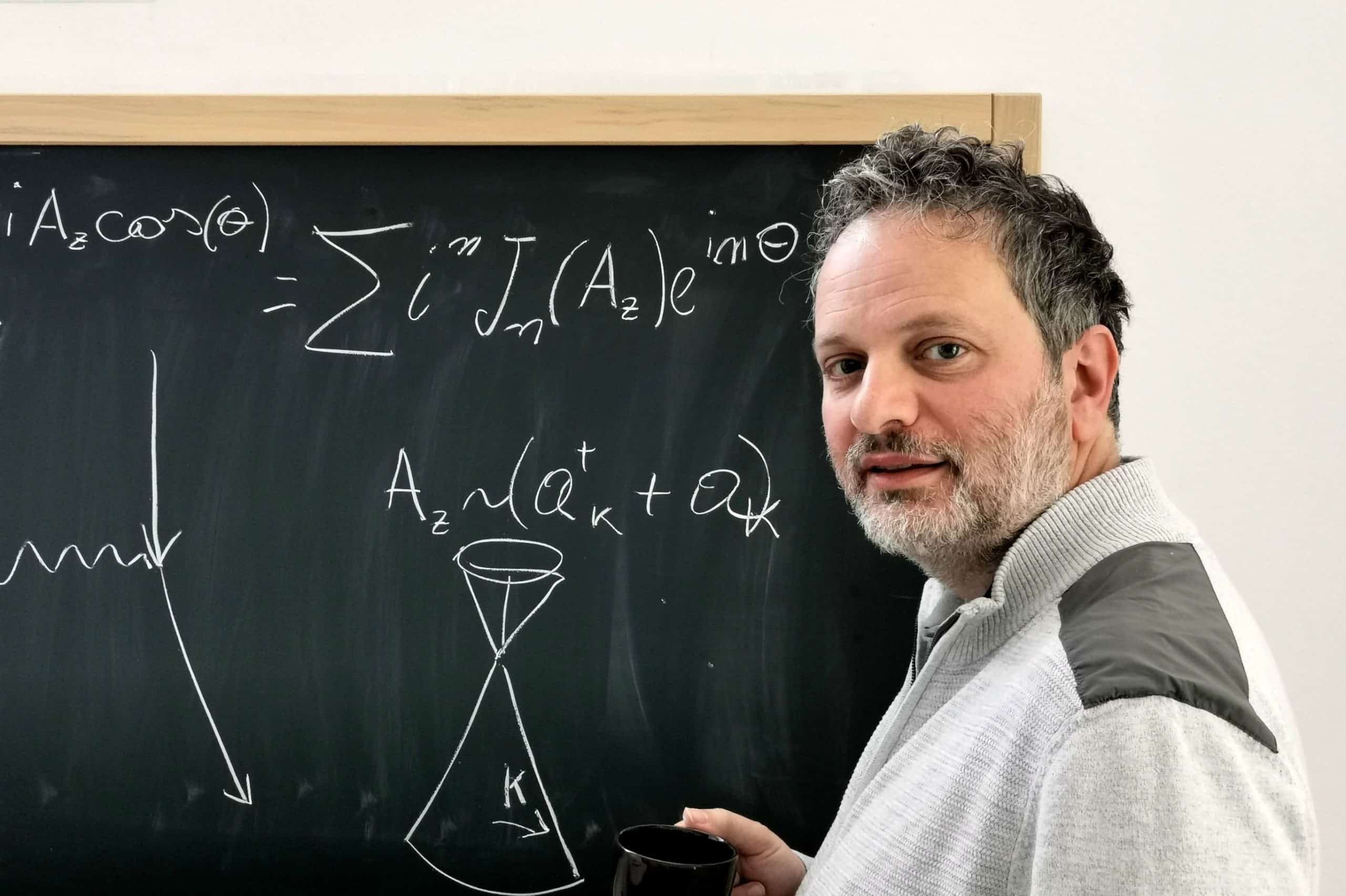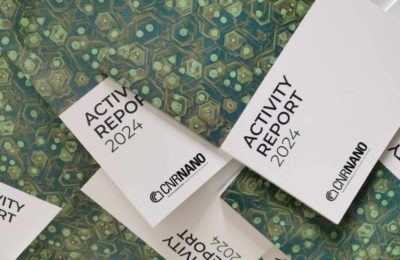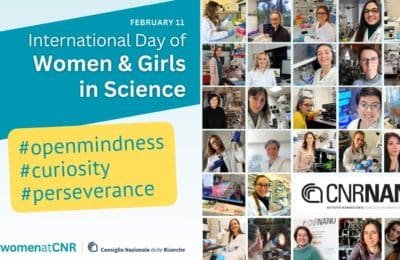Vincenzo Grillo, Research Director at the Istituto Nanoscienze in Modena, was honoured with the Ernst Ruska Prize by the German Society for Electron Microscopy (Deutsche Gesellschaft für Elektronen-mikroskopie) for his “pioneering results and progress made in the field of quantum electron microscopy”. Regarded as the most prestigious European award in this sector, the prize will be bestowed upon Grillo during the MC2023 Microscopy Conference in Darmstadt on March 1st.
The Ernst Ruska Prize is named in honour of the Nobel Prize-winning inventor for the electron microscope, Professor Doctor Ernst Ruska. The German Society of Electron Microscopy presents this international award every two years to individuals who have made exceptional contributions to the field of electron microscopy.
Vincenzo Grillo is the first Italian scientist to receive the Ernst Ruska Prize. He was awarded the prize for his “for his pioneering achievements in advancing the boundaries in quantum electron optics and methodological technique and instrumentation development”. The award citation recognizes Grillo’s contribution to the advancement of electron microscopy by creating new techniques and tools that allow for the precise modeling of electron beams, leading to a deeper understanding of the samples being studied. Grillo initiated a groundbreaking theoretical approach to model the shape of electron beams, based on the first Pauli equation-based multi-slice simulation of electron scattering. He combined numerical computation and design to create a microdevice known as an electrostatic orbital angular momentum (OAM) sorter for electrons. This innovative component integrates MEMS technology and a sophisticated analog control based on neural networks, and when incorporated into an electron microscope, it enables the precise selection and display of information about electron quantum states. This provides researchers with valuable new insights into the sample being studied.
Grillo’s successful collaboration with colleagues Rafal Dunin-Borkowski from the Juelich Research Center, Ebrahim Karimi from the University of Ottawa, Stefano Frabboni from the University of Modena and Reggio Emilia, and THERMOFISHER, a world leader in electron microscope production, was instrumental in achieving this goal.
Vincenzo Grillo is the Research Director at the Istituto Nanoscienze of the National Research Council in Modena. He holds a PhD in electron microscopy and has served as a visiting scientist at the University of Erlangen, the Tokyo Institute of Technology, and Oregon University. Grillo has collaborated with renowned scientists such as Miles Padgett of the University of Glasgow and Ido Kaminer of the Technion Institute. In 2016, he received the prestigious Bessel Prize for Research in recognition of his work on beam shaping. Under Grillo’s leadership, the research group at CNR Nano Modena has become one of the leading groups in the world for the study of phase holograms, large vortex beams, and the theory of spin-orbit coupling with vortex. Grillo has received several grants from the European Community through projects such as Q-SORT, SMART-electron, and MINEON.
“The current generation of electron microscopes has reached its limitations,” says Grillo. “My research aims to address questions for the next generation of instruments, such as how to extract more information, produce better images, and achieve higher resolution. At the same time, the ability to control the electron beam opens up new possibilities for studying quantum effects and special relativity. This makes our results relevant not only to fundamental science, but also to applications in biology and materials science. The more advanced an electron microscope becomes, the more research it enables.”



